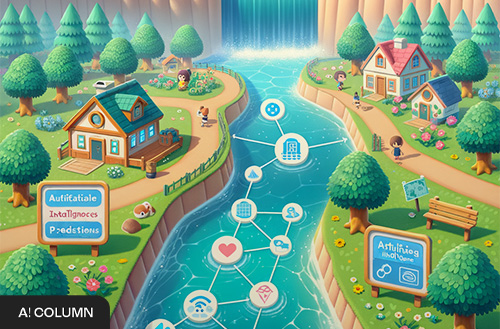
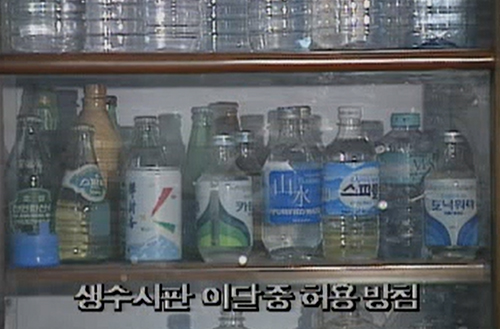
Intriguing Water Marketing
On the Value of Water #2

Columnist
Ha Sun-jin Sustainability Management Center

#INTRO
If asked about my most delightful experience drinking water, I recall a glass of ice water savored after engaging in outdoor activities under the sweltering heat. Equally memorable is the morning water that quenched a sudden, intense thirst after a night of indulgence. Tiffany, a member of the girl group Girls' Generation, appeared on a variety show distinguishing the taste of various bottled waters, earning the nickname "Water Sommelier." While it may seem that water is merely water, the subtle differences in mineral content and pH levels according to the source are fascinating. Moreover, the fact that one can discern distinct tastes depending on the situation or sensitivity is astonishing. Given the consumer’s preference for variety, waters with different flavors and tastes have begun to appear, and nowadays, one can easily purchase ‘flavored’ water from online stores and supermarkets.
1 Tasty Water, Truly 'Flavored' Water

(left)Brand "Hint" / (right)Suntory's Flavored Water
Have you ever tried fruit-flavored water? In convenience stores, carbonated waters typically contain flavors like lemon, grapefruit, and green grapes, matching the carbonated beverages' acidity (pH 3-4). Even without sugar, these flavored options provide a refreshing and crisp sensation, making them favorites among those who stock their fridges with sparkling water. As modern individuals grapple with chronic dehydration, interest in health and wellness has surged, invigorating the flavored water market. Flavored water is a category of beverage where various flavorings are added to water to enhance its taste and aroma. In Korea and abroad, regular bottled water is infused with flavors, offering consumers new choices.
Functional flavored waters contain unique health-promoting ingredients such as proteins, vitamins, herbs, botanical extracts, and probiotics, directly benefiting the consumer’s health. For example, they may enhance the immune system, maintain the body’s pH balance, and boost energy, thus supporting daily health management. In the United States, the brand Hint has introduced a variety of new flavored waters, including watermelon, blueberry, pineapple, and cherry, which are available in major supermarkets. Although not carbonated, these taste surprisingly natural and are incredibly delicious when chilled.
In Japan, the Suntory brand has launched yogurt and milk tea-flavored waters, gaining such popularity that they've become a must-buy item for tourists. Furthermore, Suntory has collaborated with local specialties to introduce a diverse range of flavored waters, positioning these innovative products as a success story in the unique water marketing industry.

1994 News on the Allowance of Bottled Water Sales / Source : MBC News
In Korea, it remains a fact that people prefer crisp and smooth water, often described as having a "clean finish." When visiting convenience stores in Korea, one can easily spot refrigerators stocked with bottled water, carbonated water, and various teas.
Interestingly, selling bottled water was once prohibited by law in Korea. The Korean government, prioritizing tap water supply, temporarily allowed the sale of bottled water during the 1988 Olympics to accommodate foreign visitors. This policy shift led to the official permission of bottled water sales with the enactment of the "Drinking Water Management Act" in 1995. Initially, the market was chaotic, with valley water being sold in plastic bottles. Over time, major corporations, building on robust supply chains and logistics systems, began to dominate the bottled water market.
Among them, Samdasoo, drawn from the volcanic bedrock aquifers of Jeju Island, is renowned for its unique taste and high market share. Samdasoo is celebrated for its natural taste, not undergoing artificial filtration, and boasting soft water's refreshing and crisp qualities. This unique water, formed by rain and melting snow slowly seeping through volcanic layers and naturally filtered over decades by sediment layers, commands a slightly higher price on the mainland due to logistics costs. Nevertheless, many consumers choose Samdasoo primarily for its ‘taste,’ further enhanced by its refreshing commercial jingles and the clean, peaceful image of Jeju's natural environment, which lends a premium effect even to those who do not notice the difference in taste.
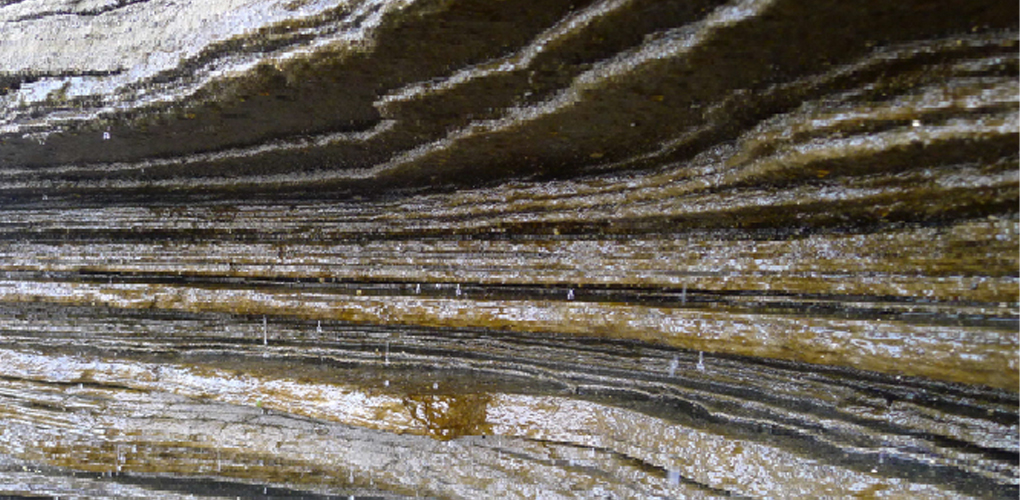
Jeju Island Aquifer Strata / Source : JEJU SamDaSoo
2 My Water for Yours.

(left) A Movie Poster of "Seondal: The Man Who Sells the River" / (right)Actual Scenery of the Daedong River
Water is essential in our lives, used for drinking and cooking at home, feeding boilers, cooling, processing, and cleaning in industrial settings. Thus, there is a universal consensus that water should not be privately owned but managed by the government or public institutions. The public receives water from the Korea Water Resources Corporation and local Waterworks Headquarters in Korea. With the arrival of summer, groups casually head to valleys or beaches to swim and play freely in the water.
While water is a resource that should be accessible to all, the tale of Kim Seondal, a notorious con artist from the late Joseon Dynasty who allegedly became wealthy by selling water from the Daedong River, remains a well-known anecdote. During a severe drought, with no wells in Pyongyang, Kim Seondal seized the opportunity to make a fortune. He claimed privatization of the river, demanding villagers along the riverbank pay him for using the water. Leveraging the desperate need for water during the drought, Kim Seondal sold river water to the villagers, who, compelled by his eloquence and persuasion, felt they had no choice but to buy it. While we in the 21st century might not easily fall for such deceptions, there are markets for buying and selling water through online platforms in distant lands like Australia and the USA.
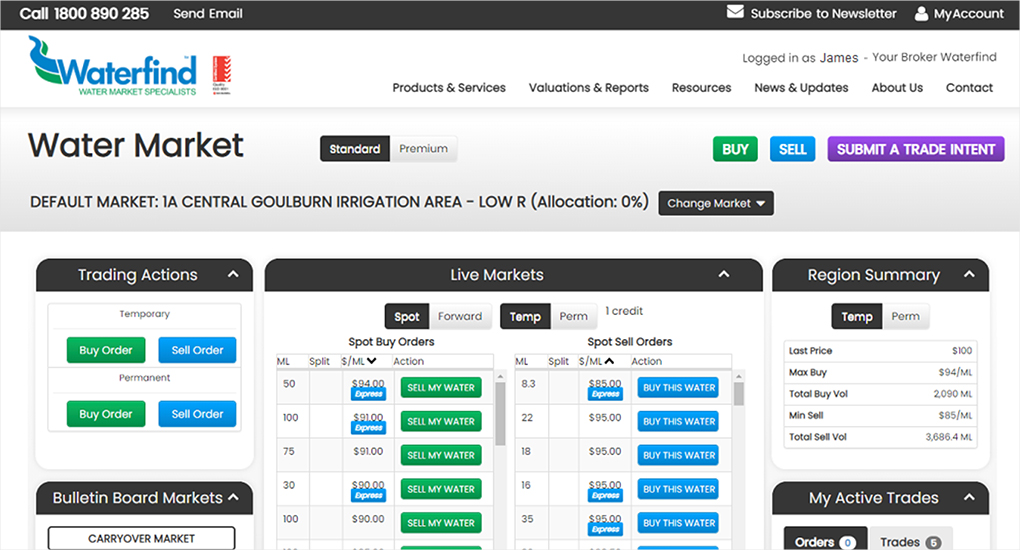
Waterfind's Water Market Interface
Waterfind, an online platform from Australia, has gained considerable attention for providing a marketplace to distribute and manage water resources efficiently. The platform enables private transactions of water resources, allowing individuals to buy or sell the exact amount of water they need without depending on traditional supply chains. The most significant advantage is the optimized water allocation and the ability for consumers to respond more swiftly to market conditions.
Beyond simple transactions, users can pre-purchase water for future seasons or carry over unused water to the following year. Similar to the Airbnb model for renting homes, it's also possible to lease water usage rights for a specified period. This platform's popularity stems from Australia's erratic climate, water scarcity issues, and farmers' demands to utilize water more efficiently. Consequently, Waterfind sees a surge in new users looking to trade water, especially during dry periods.
3 This Water Holds 'Collectible Value'
Now, let’s explore cases where special water has created value. Based in the United States, the creative design group MSCHF is known for embedding fresh and radical ideas into everyday objects as commercial experiments. Recently, they held an exhibition at the Daelim Museum in Seoul, where their artistic mediums extended even to water. MSCHF developed a product called Sacred Seltzer, a beverage containing 95% holy water from the Catholic Church and 5% alcohol in mango, lime, and cherry flavors. More than the flavors, including consecrated holy water sparked consumer curiosity. While MSCHF never fully disclosed whether the drinks contained actual holy water, the controversy only fueled their sensational popularity. The idea of merging religious symbols with commercial consumer goods, coupled with the limited quantity, quickly piqued collectors' interests, leading to rapid sell-outs.

MSCHF’s Sacred Seltzer / Laphroaig Whisky and Its Distillery Adjacent to Kilbride Stream
No discussion of extraordinary branded water stories would be complete without mentioning whisky. In Korea, the "Highball" trend has made whisky not just a drink for the middle-aged but a favorite among the Millennials and Gen Z. Whisky brands utilize the water from their respective locales to craft unique flavors. Among them, Laphroaig, located on Scotland’s Isle of Islay, is renowned for producing single malt Scotch whisky with a peat-smoke flavor. To elaborate, the water used in Laphroaig whisky passes through the nearby Kilbride Stream, which absorbs various organic components from the peat-rich soil. Peat, a decomposed and sedimented plant residue, emits smoke when burned, contributing to the whisky's distinctive smoky aroma. It’s said to simultaneously evoke tastes and aromas of saltiness, antiseptic, and seaweed. With such a reputation among enthusiasts and numerous international awards, Laphroaig’s choice of location for utilizing such exceptional water sources is nothing short of brilliant.
4 Win-Win Technology: Saving Water and More
This segment highlights a technological innovation in the household products industry that conserves water resources and generates additional benefits, catching two birds with one stone. Under the slogan "Normalizing Cleanliness," the brand Sunlight has been selling soap bars since the 1890s and now offers kitchen and laundry detergents in various countries. In South Africa and other parts of Africa, many women still wash clothes by hand, which can take several hours of the day. To address this, Sunlight has introduced a technology called SmartFoam in all its handwashing powders, significantly reducing the amount of water needed for rinsing, speeding up and simplifying the laundry process. Furthermore, this innovation has reportedly contributed to positive community changes, saving women time to spend with their children or learning new skills.
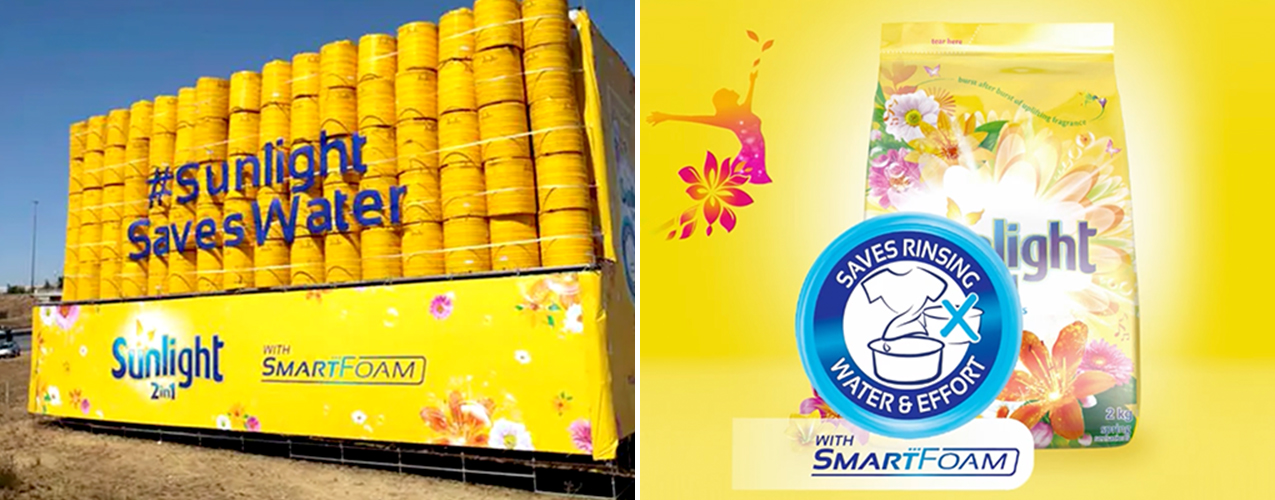
The brand Sunlight’s SmartFoam
Innovations that save water and time have been developed and communicated to customers even when using washing machines. One such case involves preventing color transfer during laundry, which often requires multiple wash cycles for different colors, consuming considerable amounts of water and energy. Dylon's Colour Catcher Laundry Sheets, which consumers can see absorbing colors to prevent dye transfer, are an invention based on this observation. These sheets work in all water temperatures, saving the energy needed to heat water. In countries where electricity is costly, there is a popularity for products that are effective in cold water. These products save water, reduce carbon emissions, prevent color transfer, and even mitigate marine pollution from microfiber release, genuinely offering a four-in-one benefit.
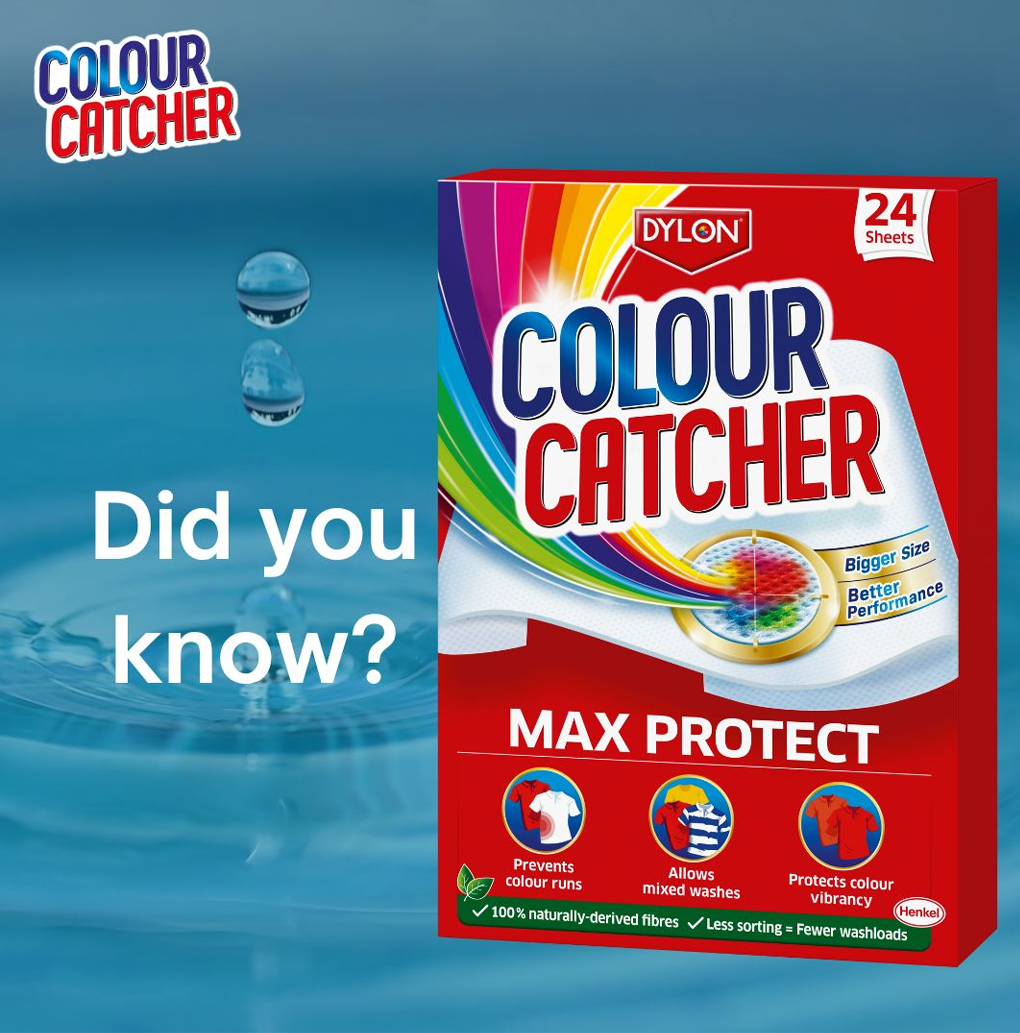
Dylon’s Colour Catcher Laundry Sheets
#OUTRO
Water is intimately connected to our lives, not just in beverages and household products but also in liquor and trading platforms, spanning a diverse range of industries and brands. It seems that innovative marketing and storytelling have been vital for survival in this fiercely competitive field. In the next episode, we will explore how much water we use daily and its impact on our lives. We will return with a more reflective discussion. Thank you.
-
Like
0 -
Recommend
1 -
Thumbs up
0 -
Supporting
0 -
Want follow-up article
0





